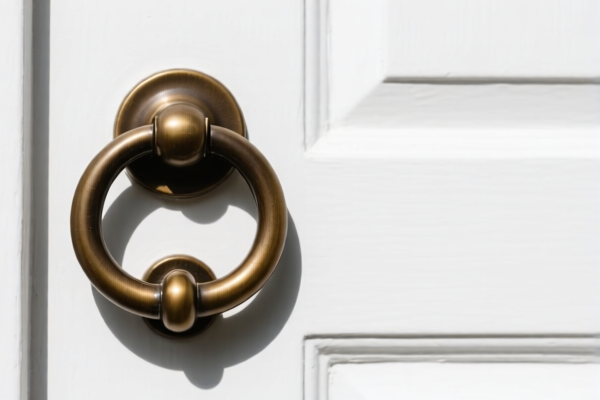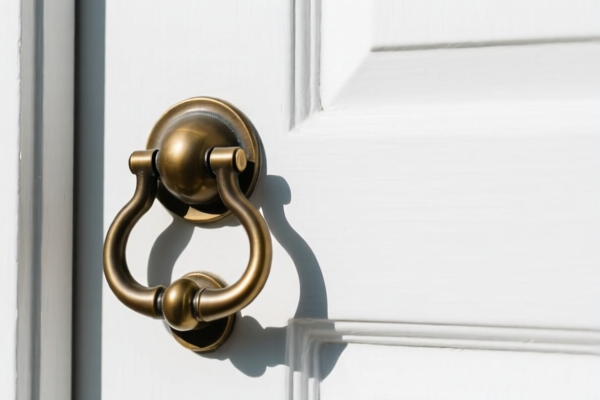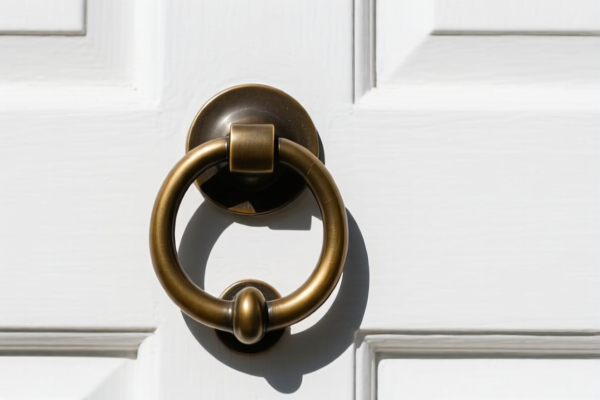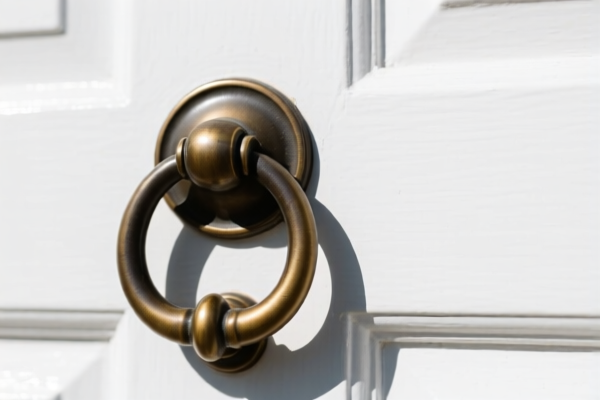| HS Code | Official Doc | Tariff Rate | Origin | Destination | Effective Date |
|---|---|---|---|---|---|
| 8302416015 | Doc | 83.9% | CN | US | 2025-05-12 |
| 8302419015 | Doc | 58.5% | CN | US | 2025-05-12 |
| 8301406030 | Doc | 43.2% | CN | US | 2025-05-12 |
| 7308305050 | Doc | 80.0% | CN | US | 2025-05-12 |
| 9406900190 | Doc | 82.9% | CN | US | 2025-05-12 |
| 9406900130 | Doc | 82.9% | CN | US | 2025-05-12 |
| 7326908688 | Doc | 82.9% | CN | US | 2025-05-12 |
| 7326903500 | Doc | 87.8% | CN | US | 2025-05-12 |
| 7418100002 | Doc | 40.5% | CN | US | 2025-05-12 |
| 7418100025 | Doc | 40.5% | CN | US | 2025-05-12 |
| 7419801500 | Doc | 58.0% | CN | US | 2025-05-12 |
| 7419800900 | Doc | 58.0% | CN | US | 2025-05-12 |
| 3926400010 | Doc | 35.3% | CN | US | 2025-05-12 |
| 3925900000 | Doc | 60.3% | CN | US | 2025-05-12 |
| 3925200091 | Doc | 42.8% | CN | US | 2025-05-12 |




Door Knocker
A door knocker is a mechanical device used for signaling one's presence to the occupant of a building. Historically, and still in some cases today, it serves as an alternative to a doorbell.
Material
Door knockers are traditionally made from cast iron, brass, bronze, steel, and occasionally silver or other metals. More modern examples can incorporate wood, acrylic, and other composite materials. The quality of the material often reflects the status of the building and the owner. Highly decorative knockers were frequently made from polished brass or bronze.
Purpose
The primary purpose of a door knocker is to alert occupants to a visitor's presence without the need to shout or disturb neighbors. In the past, before widespread electricity and electronic devices, it was the standard method for announcing oneself. Beyond functionality, door knockers often served as symbols of wealth, status, and personal taste.
Function
A door knocker functions via a striking mechanism. A weighted handle, often elaborately decorated, is raised and then struck against a metal plate (the knocker itself) affixed to the door. This impact creates a loud, resonant sound audible within the building. The sound is produced by the vibration of the metal.
Usage Scenarios
- Residential Buildings: Historically used in homes of all classes, but particularly prominent in wealthier residences.
- Public Buildings: Frequently found on churches, town halls, and other official structures.
- Historic Preservation: Door knockers are often preserved as original features in historic buildings.
- Decorative Element: Many modern door knockers are purely decorative, retaining the aesthetic appeal without necessarily being used for signaling.
Common Types
- Lion's Head Knocker: Arguably the most iconic type, featuring a lion's head with a ring in its mouth. Symbolized courage and protection.
- Face Knockers: Depict human faces, often mythological figures or representations of the homeowner.
- Animal Knockers: Feature other animals such as eagles, griffins, or dogs.
- Geometric Knockers: Employ abstract shapes and patterns.
- Script Knockers: Incorporate lettering, often the homeowner's initials or a significant date.
- Novelty Knockers: Represent objects or figures unrelated to traditional symbolism.
- Double Knockers: Feature two separate knockers, often used to distinguish between different types of visitors or to signal different messages.
Door knockers fall under the classification of mountings, fittings and similar articles suitable for buildings. Here are the relevant HS codes based on the provided reference material:
- 8302416015: This HS code covers base metal mountings, fittings and similar articles suitable for furniture, doors, staircases, windows, etc. Specifically, it includes doorstops, chain door fasteners, door pulls, kick plates, door knockers and escutcheons of iron or steel. The total tax rate is 83.9%, comprised of a 3.9% base tariff, a 25.0% additional tariff, and a 30.0% additional tariff effective April 2, 2025, with a 25% additional tariff for steel products.
- 8302419015: This HS code also covers base metal mountings, fittings and similar articles suitable for buildings, including doorstops, chain door fasteners, door pulls, kick plates, door knockers and escutcheons. However, this code is for "Other" mountings, fittings, and parts thereof. The total tax rate is 58.5%, comprised of a 3.5% base tariff, a 25.0% additional tariff, and a 30.0% additional tariff effective April 2, 2025.
Regarding these HS codes, it's important to note the distinction between iron/steel (8302416015) and "Other" (8302419015). The material composition of the door knocker will determine the correct HS code. Additionally, both codes are subject to additional tariffs that may change after April 2, 2025.
Customer Reviews
No reviews yet.